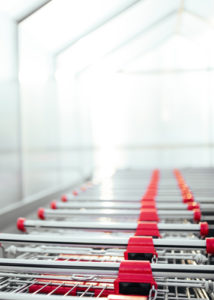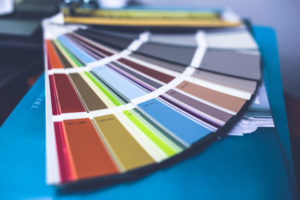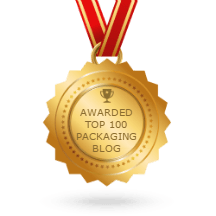Packaging Design: A Closer Look at Motivation and Impulse Purchases
Packaging design is the number one driver of impulse purchases which, in turn, are among the top drivers of revenue for producers. Up to 40% of consumer spending at the supermarket is made up of impulse buys. How can savvy manufacturers use this information to pad the bottom line? Understanding what causes an impulse purchase could be the most valuable piece of information to arm yourself with as you head into your latest redesign project.
Recent research by Mintel[1] shows that while fresh food (produce, eggs, etc) remains the primary driver of most shopping trips, frozen food—including entrees and snacks—has the highest potential to drive impulse purchases on those same trips.

How Package Design Motivates Impulse Purchase
Many factors contribute to an impulse purchase: some of which you can control, and some of which you cannot. For example, a shopper’s mood, bank account balance, or even the weather can influence impulse purchasing behaviour. Since we cannot control those things, packaging should be designed to appeal to other impulse purchase drivers like novelty, convenience, and shelf appeal.
Package design elements like colour and graphics influence how quickly and effectively a package catches the eye. If little else is at stake with the purchase (brand loyalty is low, cost is low or average, product risk is low), the appearance of the package could be the primary (or only) motivating purchase factor.
Packaging Colour Designed For Impulse Purchase
There’s no shortage of information about colour psychology and the ways you can use it to design your packages to be more appealing to your target consumer. However, even an appealing (and psychology-backed) colour palette can fail to create the intended effect with lower quality printing techniques.
HD flexo printing offers higher resolution and increased image sharpness, higher ink transfer and density, and better ink control. This translates to a noticeable and impressive difference on the shelf.
Packaging Graphic Elements Designed For Impulse Purchase
Potential consumers need to be able to visualize themselves using your product, particularly if they are first-time buyers. Including visual elements in your packaging design that demonstrate the value or optimal use of the product it contains can help the impulse buyer quickly associate your product with their specific needs (or wants).
Packaging Convenience Features Designed For Impulse Purchase
Convenience features like reusable closures, microwavable (steamer) bags, or portability features help to build brand loyalty and drive repurchase, but can also be an important packaging design factor contributing to impulse purchase. Pair new convenience features with graphic elements demonstrating their use as outlined above to help the consumer immediately visualize themselves using your product.
Packaging Shape Designed For Impulse Purchase
Remember the first time you saw water in a tetra pak, or a dairy or margarine product in a rectangular (instead of round) plastic tub? You likely stopped and took notice, even if you had no intention of buying that product that day. Transitioning to a new packaging shape—such as a stand up pouch instead of a rigid container—can disrupt the shelf and make your product stand out, inviting increased attention and increased impulse buys as a likely result.
Brainstorm Your Best Packaging Design With Project Central
If your packaging is due for a redesign and you want to command more attention on the shelf to encourage impulse shopping, our Project Central team is ready to help. Coordinating with Graphics, R&D, and Product Planning, we can help you create a holistic picture of your ideal package design and help you move forward with confidence.

[1] http://www.nielsen.com/us/en/insights/news/2016/understanding-the-impact-of-category-shopping-fundamentals.html


